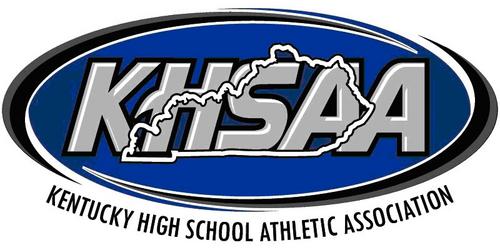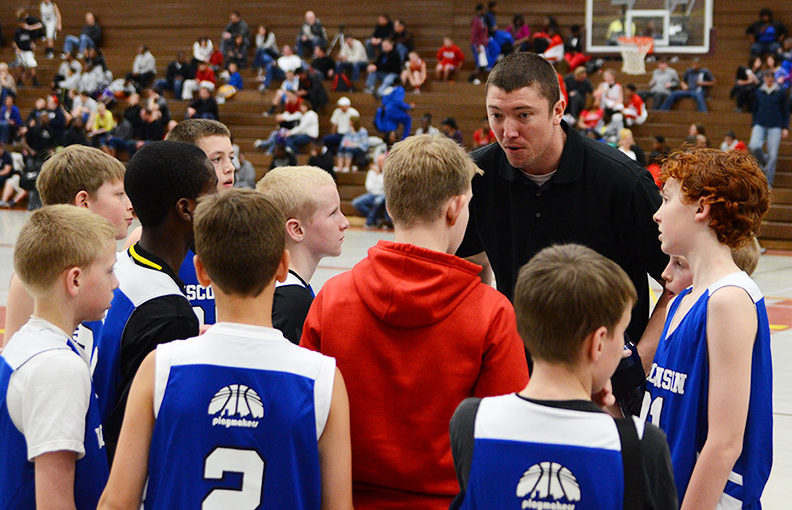Certified Athletic Trainers Lacking At High School Level, Players’ Health At Risk
The Oregon Lottery lists your odds of winning on its Scratch-It tickets as one in four.
The Oregon School Activities Association says the odds of having a certified athletic trainer on the sidelines at your son’s high school football field this Friday night aren’t quite that good.
One game you play for entertainment, so they say. The other can involve much higher stakes, in intensity and potential for injury, particularly involving concussions.
National participation numbers dipped again in 2011 by about one percent for the third straight year in high school football, which still drew more than 1.12 million players, according to USA Football, the sports national governing body. It outpaced the next two most-popular boys sports, outdoor track and field and basketball, combined. The OSAA says 14,181 Oregon high schoolers played football last year, following the trend of the past four seasons.
Awareness of traumatic brain injuries is at an all-time high, and the high school game is better and safer for it. Full-contact drills in practice have been scaled back, just as they have up and down the football food chain. The rule of “when in doubt, sit them out” concerning suspected concussions has taken root.
However, the risk-reward calculus ratchets up for many high school athletes in their junior and senior years. To them and perhaps their parents, playing time correlates directly to the potential for a college scholarship.
Football becomes not just an extra-curricular activity but a means to a financial end. Taking chances, such as trying to disguise a possible head injury or playing aggressively to attract the eye of recruiters, can lead to trouble.
A former assistant coach at a Eugene high school recounted how his son, who was playing linebacker in a game two years ago, caught the attention of the school’s athletic trainer after he’d made a particularly hard tackle.
“He’s coming off the field and sees the trainer coming at him, so he goes the other way to avoid her,” the father said. “She came up to me and said she wanted to make sure he was OK, and asked me to make him talk to her.
“I told her she’d have to talk to him herself, but he wouldn’t go near her.”
His son finished the game without complications, making him lucky twice: No concussion, and his school had a certified athletic trainer on hand.
“Out of our 292 member schools, certainly less than 25 percent employ a certified athletic trainer, and 80 percent of those employed are at the big school level – 6A, 5A and 4A,” said Brad Garrett, the OSAA’s assistant executive director who oversees football. “You would be hard-pressed to find a certified athletic trainer at a 3A school, unless they happen to be on the staff for some other reason, such as a teacher who’s also a registered athletic trainer.”
Shortage of trainers
Garrett, a Baker City native who played offensive tackle at Western Oregon University in Monmouth, said a high school football referee by rule must send a player suspected of having a concussion off the field and have his jersey number noted, making him ineligible to re-enter the game.
But once the player is on the sideline, who’s making the initial evaluation, particularly if there are symptoms such as vomiting, dizziness, memory loss or loss of consciousness? Will it be an athletic trainer?
“At some schools, the answer is no,” Garrett said, “especially at sub-varsity levels at most schools, and that includes big schools in that mix.”
One exception is Marist in Eugene, where Sharee Waldron wears two hats as athletic director and football mom. Her oldest son, Nate, is an assistant coach on Frank Geske’s staff with the Spartans. His younger brother Dustin, a standout offensive lineman at Portland State, was just released by the New England Patriots last Friday as NFL rosters were trimmed to 53 players.
“We have an athletic trainer (Mari Gibson) or an administrator at all our home events in all sports,” Waldron said. “And in football, we have either a trainer or an administrator on the road with all three levels of football — freshman, junior varsity or varsity.”
Waldron believes the incidence of athletes trying to hide concussion symptoms — the old-school macho of shaking off a “ding” or “bell-ringer” that instead should be considered serious — has decreased as players are now more inclined to look out for one another. “There’s less of that going on today,” she said, “because we’re doing a much better job of educating the athletes and their parents. … There’s a better understanding that the short-term opportunities aren’t worth the long-term consequences.”
Key test not widely used
Just as certified athletic trainers are in short supply in Oregon’s high schools, one of the diagnostic tools, the ImPACT test, is also not widely available. Garrett said that about 125 schools — three of out every seven statewide — use the computerized test for baseline testing of athletes in contact sports. After an athlete suffers a concussion, ImPACT, which stands for Immediate Post-Concussion Assessment and Cognitive Testing, is administered again for comparison against the baseline.
However, it isn’t without cost, so just as with athletic trainers, it can strain a school district’s budget. “The OSAA Foundation is involved in helping schools get into that program at a reduced rate,” Garrett said. “We pay for the first year of the program, and (the schools) have to pick it up the cost in year two and three.”
Waldron said Marist requires all of its athletes to take the test every two years. “I can’t imagine ever stepping away from that,” she said.
Tim Carmichael, the former 4J and Churchill High athletic director, said ImPACT “wasn’t mandatory but highly recommended” at all district high schools before he retired in 2011. “It was as close to mandatory as it could be, unless parents opted out of it.”
Garrett noted that other companies have begun marketing competing tests. One such product is called Axon — the word for the white matter in the brain that transmits signals from one region to another — created by a company co-founded by former Oregon distance runner Rudy Chapa. Axon Sports “provides online cognitive assessment tools that aid the evaulation and management of sports-related concusssions,” according to its website.
Whatever the methods, Garrett emphasized that the adults involved in prep sports must understand that the implications of traumatic brain injuries “go beyond the field itself” to the classroom and into the home. “There needs to be a lot of education with teachers and parents about what it means to be a concussed athlete,” he said.







